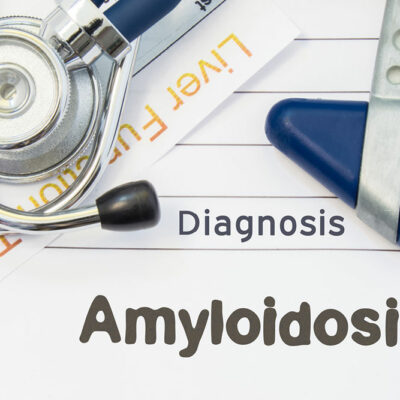
Signs and Symptoms Related to Hemophilia
Hemophilia is a genetic health disorder in which blood doesn’t clot normally after an injury or surgery. This health condition is caused by the inadequacy of various clotting factors in the blood. The types and severities of this disease are associated with the level of these factors. While physicians consider various factors and symptoms related to the condition, they are also required to carry out various medical tests for diagnosing and treating hemophilia.
The most prominent symptom noticed among hemophilia patients are that they get easily bruised and experience bleeding for a long time. This type of bleeding can be caused internally or externally. The symptoms of this health condition depend on the types and levels of severity. The other common symptoms that patients might experience are:
1. Joint bleeding
This type of bleeding might occur spontaneously or as a result of a trauma or injury. It can further cause chronic pain and disability in patients suffering from severe hemophilia. Repeated bleeding into the joints can cause breakage of the joint lining, causing damage to the joints. This type of situation eventually leads to a joint condition termed as hemophilic arthropathy. For this reason, various medical tests are conducted for hemophilia diagnosis and treatment. This type of bleeding mainly occurs at the hips, knees, elbows, ankles, or any other joints. While joint bleeding is common in patients with severe hemophilia, patients experiencing a mild or moderate condition would experience bleeding only after a trauma or injury. As this bleeding continues, a swelling of the joint area occurs, accompanied by pain. Treatments must be applied immediately to prevent any form of long-term damage to the joint.
2. Soft tissue bleeding
Soft tissue bleeding refers to the situation of bleeding into the muscles. It generally occurs in large muscle groups and leads to a severe loss of blood and unstable blood pressure. If the bleeding occurs within confined muscles, it can result in a health complication called compartment syndrome. Patients suffering from this syndrome can experience pain, numbness, or a tingling sensation. Further medical tests will be required for hemophilia diagnosis and treatment. A highly specific form of treatment is required to apply for controlling bleeding in these patients. If immediate and proper treatment is not administered, Compartment syndrome can cause severe damages to nerves and tissues.
3. Bleeding that requires emergency care
Though this is rare, hemophilia patients can experience bleeding in the internal organs. This type of bleeding can lead to a life-threatening condition that requires immediate treatment. The symptoms related to this type of internal organs can be difficult to identify. IHTC provides guidelines regarding symptoms of hemophilia that patients and their families should be aware of. Additional blood tests will be carried out for hemophilia diagnosis and treatment. The common symptoms of internal bleeding include headaches, nausea, blood in vomit, neck pain, breathing problems, back pain, weakness, pain or tingling in the arms and legs, difficulty in urination, and bowel movements etc.
4. Reactions to treatment for blood clotting factor
The immune system in patients experiencing severe hemophilia can show a negative reaction when clotting factors are used for treating bleeding. When this situation occurs, proteins named inhibitors are developed by the immune system. These inhibitors make the treatment ineffective by deactivating the clotting factors.
Physicians generally consider all these symptoms along with family history and run blood tests to diagnose the types and severity of hemophilia, so that a proper treatment method can be followed.


